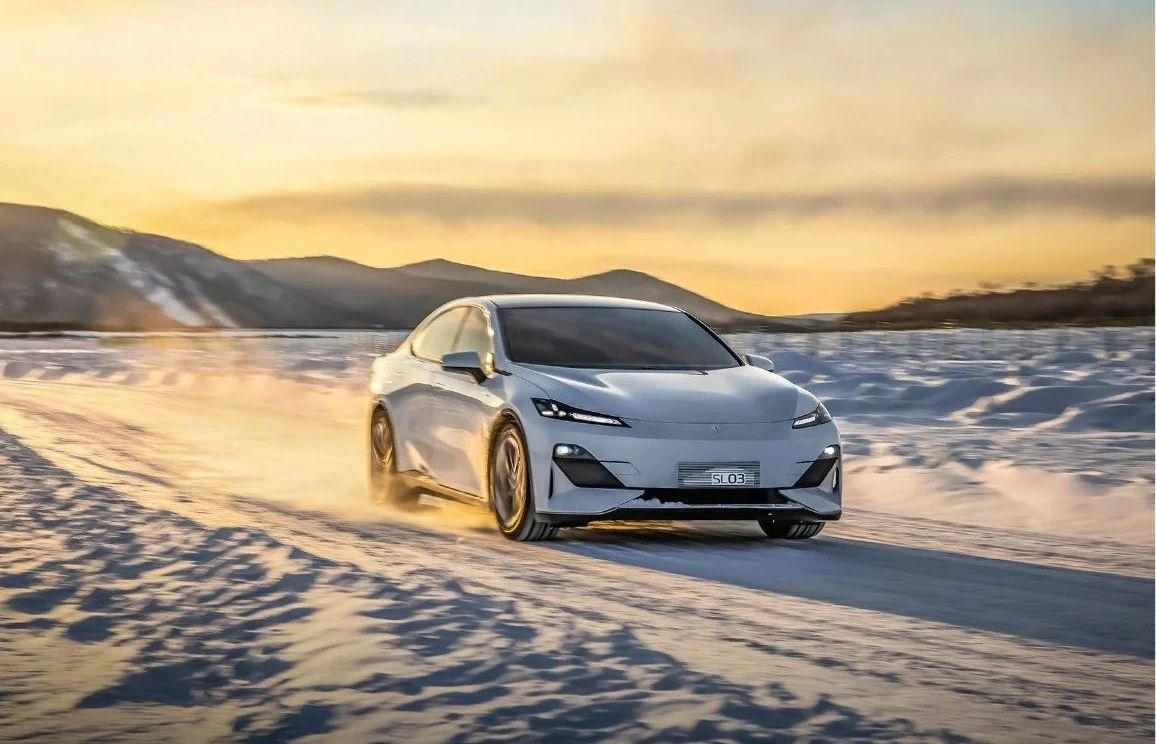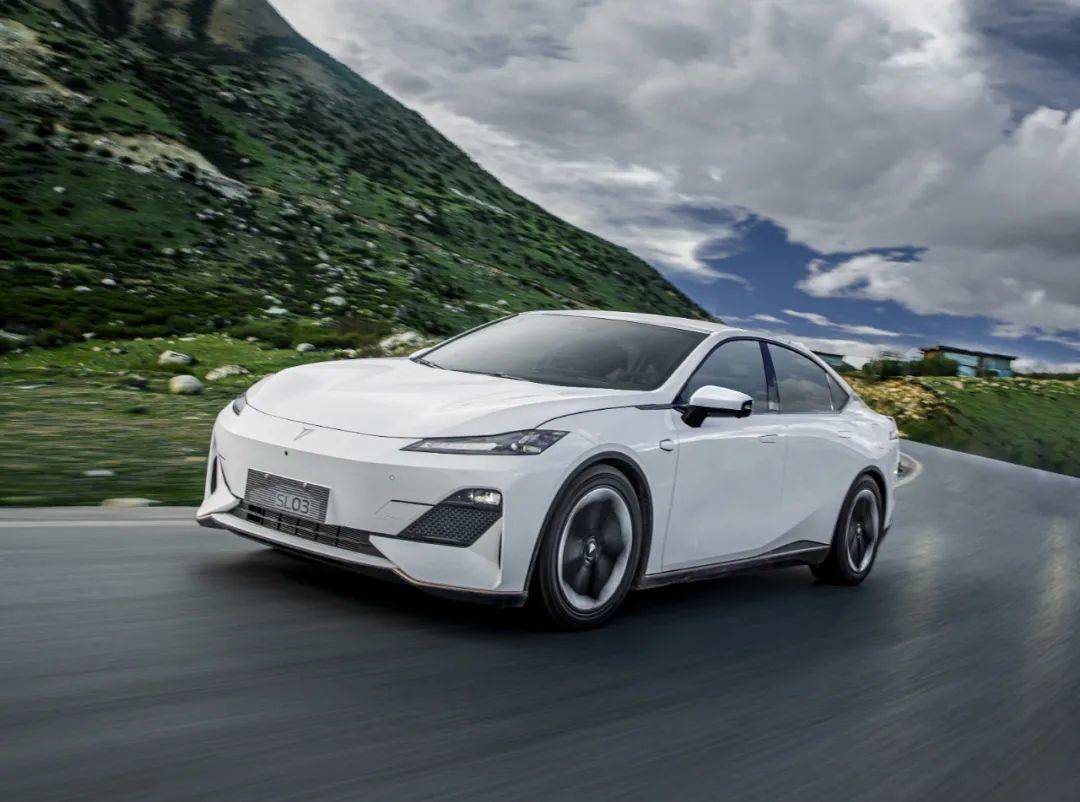By Jingtao Wu
The superiority or inferiority of PHEV and REEV should be verified by the market.
On November 30th, Changan Automobile held an online press conference to announce a new technology brand, Changan Yuanli, following the launch of “Blue Whale Power”.
The press conference was very concise, with the core content being a 3 minute and 6 second promotional video introducing the technological route of the Yuanli Technology brand and Changan’s technological reserves in the new energy field.

The subsequent online Q&A session was the most informative part of the event. Changan Deep Blue CEO Deng Chenghao answered questions from the media, which contained a considerable amount of information, including Changan’s new energy planning and views on new energy technology routes, a technical explanation of “Yuanli”, and exchanges on topics related to BYD.
Today’s article shares the core content of the Yuanli technology conference and new information revealed during the Q&A session.
What is Yuanli Technology?
The newly released Yuanli technology brand by Changan is mainly divided into two parts, namely “Yuanli Intelligent Range Extender” and “Yuanli Super Series Electric Drive”. The short video introduced the range extender system, and you can quickly understand the technical information by watching the video.
The reason why this technology is named “Yuanli” is that Changan believes that these two words contain the meaning of scientific original power of civilization evolution and harmony of all things, as well as the Chinese cosmological and philosophical views.The origin of the “Force Intelligence Extended Range” technology can be traced back to 2011, when Changan began to research range-extending technology based on the experience gained from the EV and PHEV technology routes, and resumed range-extending technology development in 2018.
At the press conference, Changan described the core advantages of this technology with a string of numbers: “181+95%+1200+-30.”

These numbers respectively correspond to four core technological highlights: 181 core patents, 95% high-efficiency electric drive assembly, 1200km ultra-long range, and -30°C industry-leading low-temperature pulse heating technology.
The other three technologies are very easy to understand, but the “low-temperature pulse heating technology” is slightly more professional. This technology utilizes the characteristic that the internal resistance of lithium-ion batteries increases at low temperatures and that high-frequency positive and negative switching of large currents does not cause lithium stripping or affect battery safety and life. Using random variable frequency IGBT on/off control and high-frequency pulse and NVH balance control, a large current with rapid positive and negative switching is generated, and Joule heat is generated through the high internal resistance of the battery at low temperatures for rapid and uniform “self-heating” of the battery.
These “technical jargon” may not be easy to understand, but the final effect achieved is that this technology can increase the battery temperature by 4℃ per minute at extremely low temperatures, resulting in a 50% increase in vehicle power and a 15% reduction in charging time. In fact, the winter driving experience has always been a significant weakness for range-extending vehicles.

Changan has also optimized the performance of the range extender used in the “Force Extended Range” technology in terms of NVH. Changan stated that after using the “Silent NVH” technology based on howling frequency variable frequency active control, the range extender can achieve a seamless start-stop and silent operation during driving, regardless of high or low speeds.
 In terms of energy consumption, the generator using the “Prime Drive” technology has a maximum efficiency of 96%. Under CLTC conditions, it can generate about 3.3 kWh of electricity with only 1 liter of gasoline, and it consumes 4.5 liters of gasoline per 100 km in power supply mode.
In terms of energy consumption, the generator using the “Prime Drive” technology has a maximum efficiency of 96%. Under CLTC conditions, it can generate about 3.3 kWh of electricity with only 1 liter of gasoline, and it consumes 4.5 liters of gasoline per 100 km in power supply mode.
Although the “Prime Drive” technology brand has just been released, in fact, it has already gone through practical tests because the SL03 currently on sale by Changan Shenlan is the first product equipped with the “Prime Drive” technology.

Fun Fact: According to Changan Shenlan CEO Deng Chenghao, “Prime Drive” and “Blue Whale Power” technologies are of the same origin.
In addition to this fun fact, in the interactive session of the press conference, Deng also answered many questions from the media, and many of them were worth sharing.
Q&A Highlights
During the Q&A session, the media asked some questions about new energy technology routes, “Prime Drive” technology, the planning of Changan Shenlan’s brand, and hot topics related to BYD. Deng Chenghao, the CEO of Changan Shenlan, answered them one by one.

I have selected four representative questions that have greater depth and significance, hoping to bring some new perspectives and ideas to everyone.
This paragraph is slightly longer, but it is recommended to read the whole paragraph patiently, which can help to better understand Changan Shenlan’s understanding and recognition of the market, technology routes, and products.
Q1: What do you think is the future market prospects of range-extending technology? (View on technology routes)
A1: The core of determining whether range-extending technology is the future depends on the breakthrough of battery technology. If the battery maintains its current technological performance and there are no disruptive commercial and operational models, I tend to think that the future will be dominated by small electric vehicles for urban use, while range-extending technology will cover long-distance commuting and meet the needs of larger vehicles.
However, if there is a major breakthrough in battery technology in the future, the key is the breakthrough in fast charging ability, such as achieving ultra-fast 3-minute energy replenishment, then the travel radius of pure electric vehicles will expand, and full electrification of all vehicles is possible.However, I believe that it will be difficult to break through fast charging technology at the battery material level in the next 10 years. The current solid-state batteries being developed focus on energy density and safety, which are not conducive to fast charging. The truly super-fast charging technology has not yet been seen in mass production from the battery material research side. Therefore, I believe that both PHEV and REEV have great potential in the next ten years or even longer.

Q2: Why doesn’t Changan Shenlan launch hybrid models? What are the considerations? (Changan Shenlan technical roadmap)
A2: Changan Shenlan will not launch hybrid models, but will stick to the parallel development of pure electric, range-extended, and hydrogen fuel technologies.
These three technology paths represent the pure electric drive described in the new energy technology roadmap. Pure electric drive is not pure electric, it is a driving form centered on electricity.

Q3: How is the market performance of the Changan Shenlan SL03, the first product equipped with original power technology, and what is the product planning of Shenlan based on original power technology in the future? (Changan Shenlan product layout)
A3: Changan Shenlan SL03 is the first product equipped with original power technology, which has received unanimous praise from the market since its launch, and the order situation is also very good. Affected by the August high temperature power limit, the chip shortage from September to October, and the November epidemic blockade, it can be said that there have been twists and turns. We are still doing our best to ensure delivery.
In the future, the complete product line of Shenlan will be equipped with original power technology, covering various body types such as sedans, SUVs, and so on. Regarding future product layout, Shenlan will continue to launch 6-7 new products.
Starting next year, we will accelerate and increase the speed of product launch. The goal is to release a product every six months. A sneak peek, Shenlan’s second SUV product will be launched next year, also equipped with original power technology.
 Q4: In the next three to five years, does Changan have the confidence and determination to reverse this competitive situation, catch up with or even surpass BYD, and continue to be the king of the new energy era?
Q4: In the next three to five years, does Changan have the confidence and determination to reverse this competitive situation, catch up with or even surpass BYD, and continue to be the king of the new energy era?
A4: Regarding the topic of BYD, thank you for your concern. Our mission at Changan is to become a leading Chinese brand of mainstream electric vehicles in the world. Changan’s strategy is to focus on ourselves, do well in products, technology, and services, and provide consumers with more valuable products and services.
We look forward to working with BYD and standing at the center of the world’s automotive stage together.

In the final interactive communication session, Changan CEO Deng Chenghao gave a brief summary of the discussion on the new energy technology roadmap:
Pure electric vehicles are a long-term goal, and electric drive is our (Changan) ultimate goal. However, currently, consumers of pure electric vehicles still have some “range anxiety.” The existing infrastructure is not yet very complete, and the charging speed has not yet met consumer demand. But the driving and low operating costs of pure electric vehicles are very attractive. So, is there any good solution at the current stage?
Range extension technology is undoubtedly the best solution, which not only retains the advantages of electric drive but also avoids range anxiety. It is an excellent choice in the process of electrification.
PHEV is a solution for ICE (internal combustion engine) to transform into electrification, while range extension is a solution for EV range and charging anxiety.
From the perspective of future market prospects, range extension will undoubtedly become one of the mainstream powertrain systems in the next few years.
The “Spring” of Range Extension
The year 2022 that is about to pass is undoubtedly a “spring” of range extension technology. Ideal, WM Motor, and other new automakers that use range extension technology as their foundation have achieved record-high monthly sales this year.
New automakers such as NETA and Lynk&Co, which originally only followed the pure electric route, have also joined the race of range extension technology and launched vehicles with range extension technology.
According to the China Passenger Car Association’s October 2022 “New Energy Technology Sub-Market Statistics,” the sales of PHEV models, including range extensions, have increased by 178% year-on-year from January to October this year, while sales of pure electric vehicles have only increased by 92%. This shows that consumers’ acceptance of range extension technology is rapidly increasing.

Demand drives supply. With the increase of the market share of extended-range electric vehicles (REEV), traditional automakers with strong technical capability, such as Changan and Geely, are also making efforts in the development of the REEV technology.
In addition to technical improvements, to change the inherent impression that REEV is not as advanced as plug-in hybrid electric vehicles (PHEV) and that the extended-range technology is “backward technology” in the minds of consumers, major brands have spent a lot of effort and resources on promoting and advertising the “technology”, and have launched new brands to improve their image. Changan’s “Power Battery Technology” is a typical example.

Would you choose an extended-range electric vehicle?
Do you think that extended-range technology will be a mainstream power source for new energy vehicles in the future?
Feel free to share your thoughts in the comments.
This article is a translation by ChatGPT of a Chinese report from 42HOW. If you have any questions about it, please email bd@42how.com.
